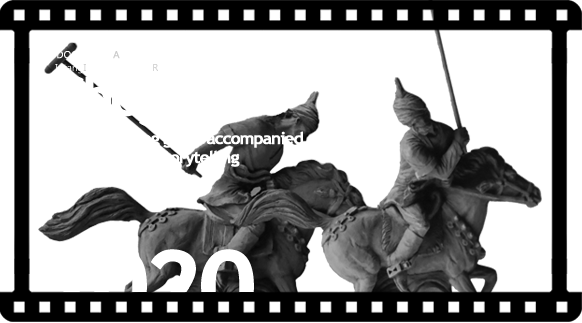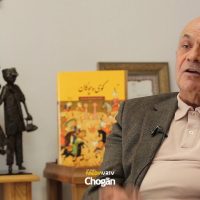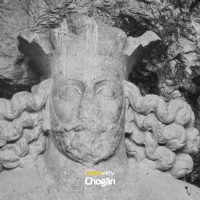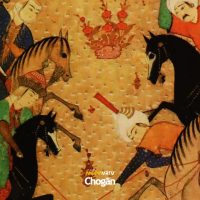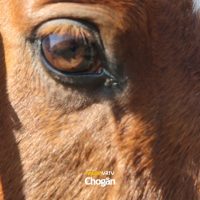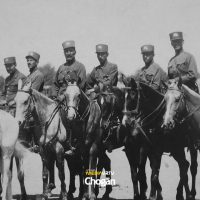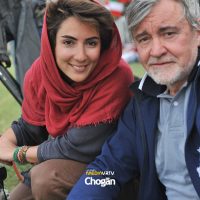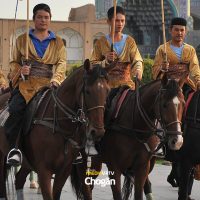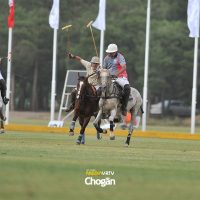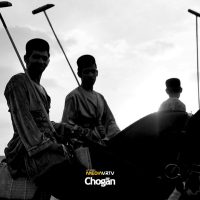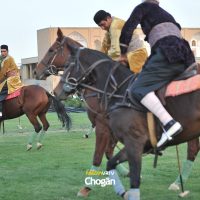Chogān, a horse-riding game accompanied by music and storytelling
The element refers to a traditional horse-riding game, accompanied by music and storytelling. Depending on the region, it differs in terms of the size of the Meydan (open area), the number of Chukken (rounds) and the number of Choganbazan (players). The file describes the variety of values associated with Chogān, the connection between nature, humankind and horses that it establishes, the exhilaration and entertainment value of the game and the sense of belonging to society and history that it fosters.
The inscription of the element would contribute to increasing the visibility of intangible cultural heritage in general and raising awareness of its importance since the element fosters an interaction and engagement between humankind, nature, oral traditions and craftsmanship. Associated with other widely practised traditional practices such as Nowrouz, the element would encourage dialogue among communities, groups and individuals and would foster intergenerational dialogue within families in cities and rural areas.
In Chogān, two rider teams compete and the aim is to pass the ball through the opposing team’s goal posts using a wooden stick. Chogān includes the main game, a corresponding musical performance and storytelling. Bearers include three primary groups: the players, the storytellers and the musicians. Chogān is a cultural, artistic and athletic element with a strong connection to the identity and history of its bearers and practitioners. It has a strong presence in the literature, storytelling, proverbs, handicrafts and ornaments that are valuable parts of the symbolism of its practitioners. As an element that promotes the health of the body and soul, Chogān also establishes a connection between nature, humankind and horses. Traditionally, transmission has occurred informally within the family or in workshops, and Chogān techniques continue to be actively safeguarded by families and local practitioners.


